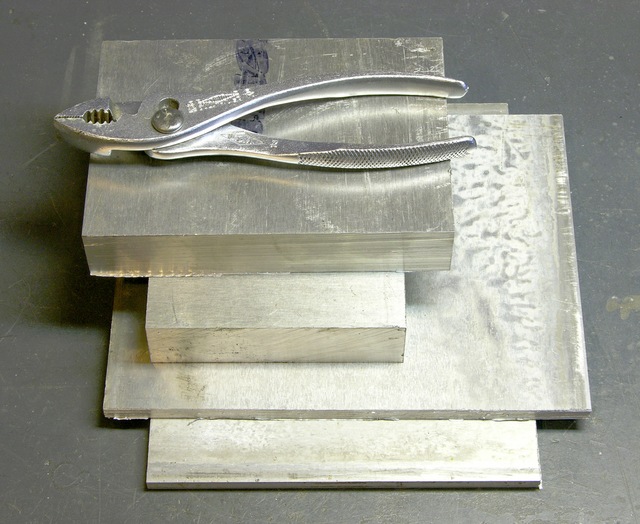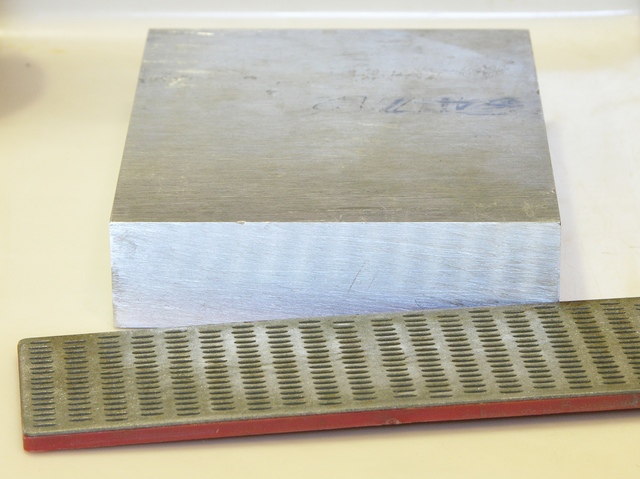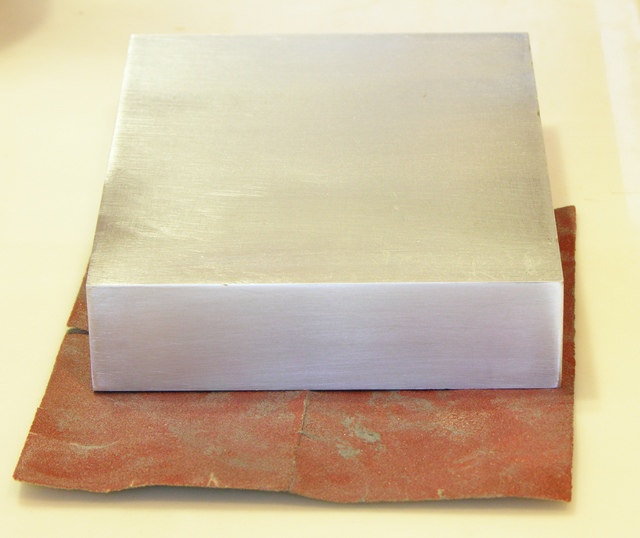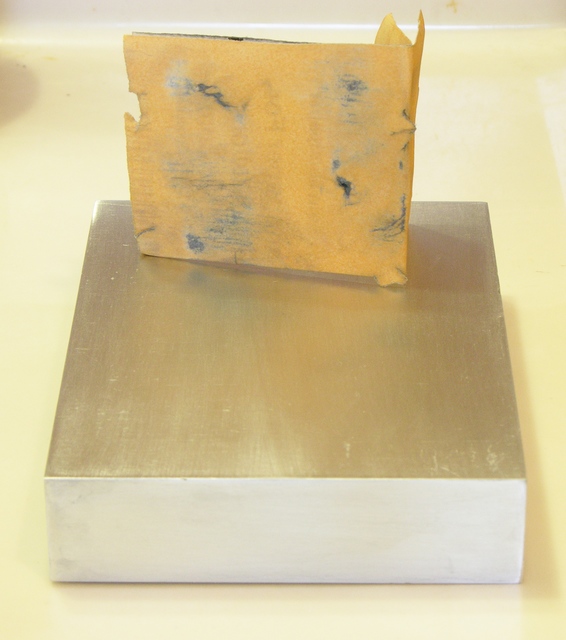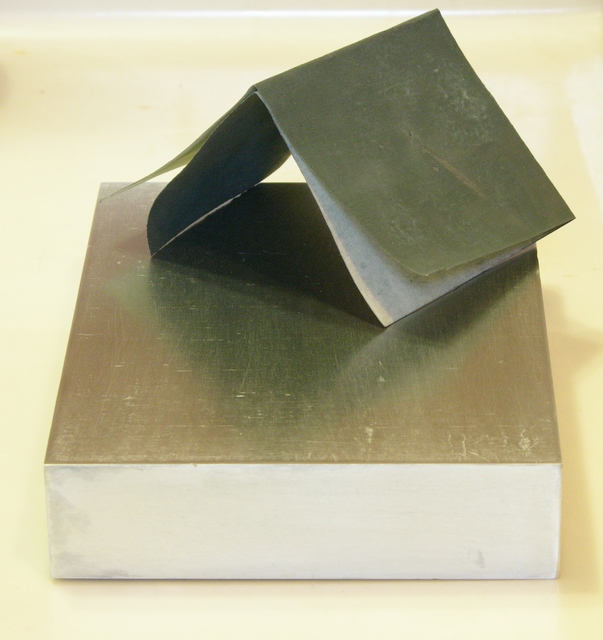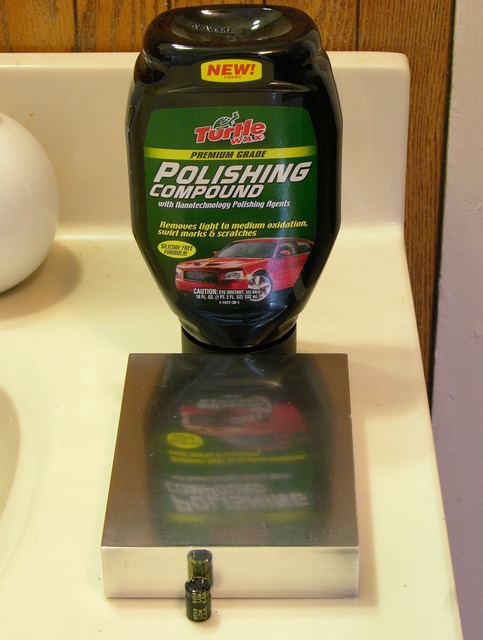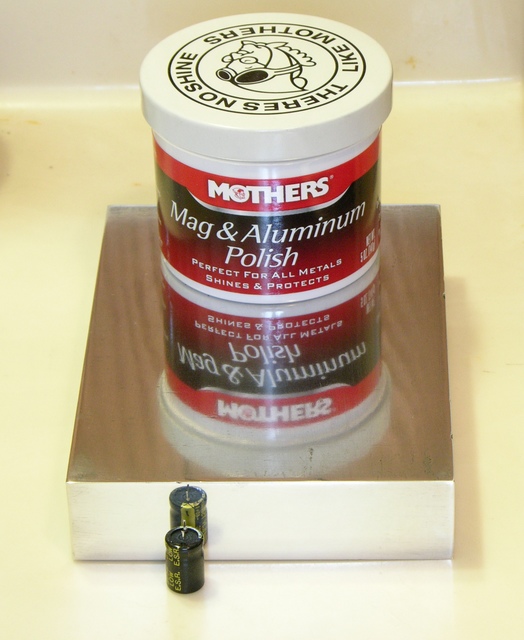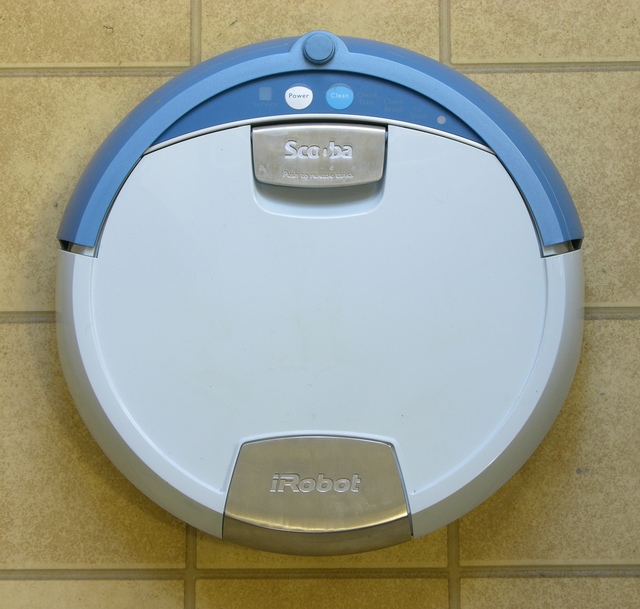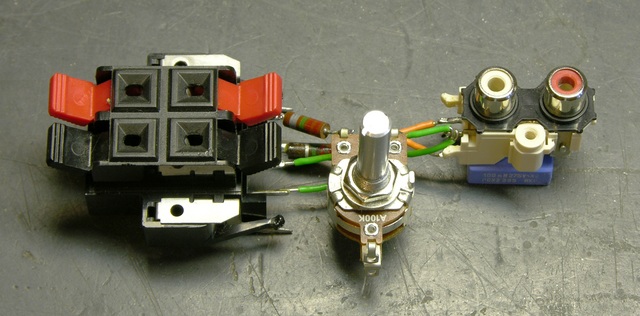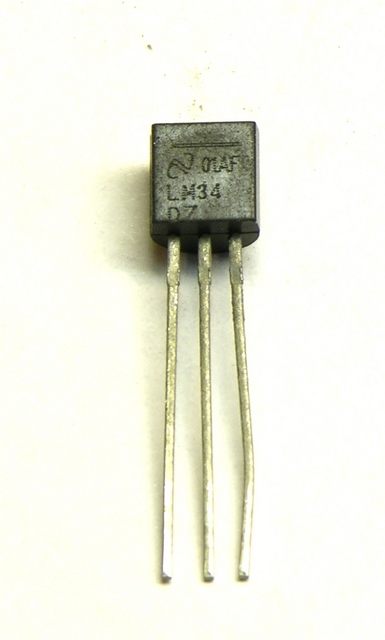In the past, I’ve tried several techniques for organizing my small quantities of IC samples (and “purchased samples”). I have enough different ones and each needs so little space individually that I don’t really want to dedicate parts bins to them.
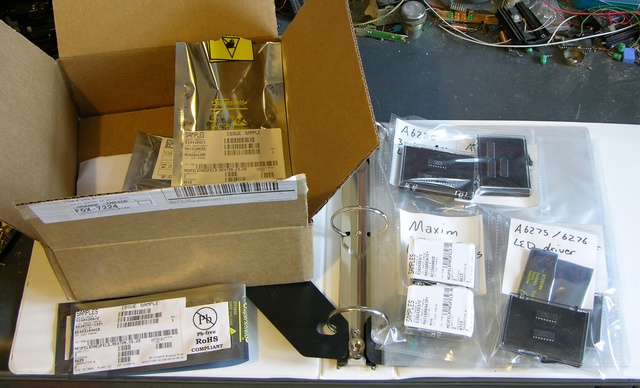
I’ve tried putting them in pockets in a three-ring binder, leaving them in the open shipping carton, and leaving them lying around on my workbench in their packages.
None of these have worked particularly well for me.
Mainframe Backup Tapes
At work, we have a large collection of “3490″ mainframe backup tapes, and they’re kept in large racks without the plastic cases the tapes ship in. In the IT environment, large sets of disks and tapes are referred to as “storage;” so the empty plastic cases and the racks the tapes go in are “storage storage,” right?
We had a few empty tape cases left, which were of no use to us and which I took home. We’ve also retired our mainframe and pruned our backup collection, so we have a number of empty racks and rack cases sitting around. It looked like an opportunity to salvage discarded materials and improve my electronic parts storage.
Tape Packages for Electronics Parts
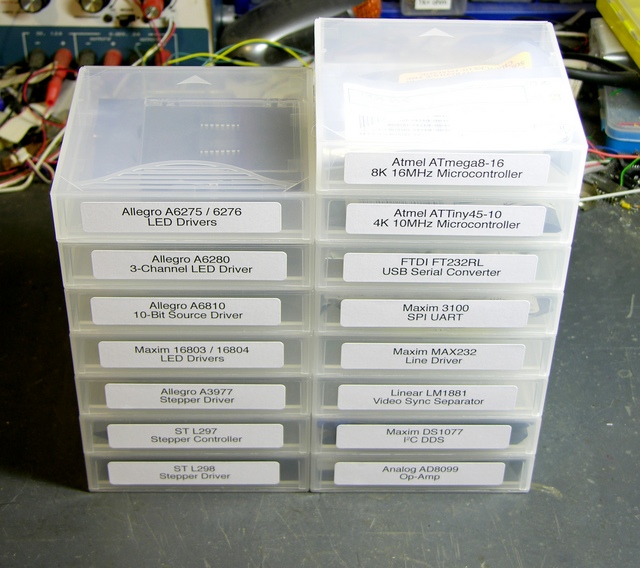
Last night I put most of my samples into empty tape cases, and it worked quite well. At Wal-Mart I found some Avery labels that are compatible with #5366 (2/3″ x 3 7/16″, called “File Folder — White”), are ultra-opaque, are supported by the label feature in OpenOffice, and fit nicely onto the approximately 1″ x 4.25″ case spines.
Racks (Or Not)
The cases have ridged edges and stack very nicely, but I was hoping to get them into a rack for easy “random access” to individual boxes.
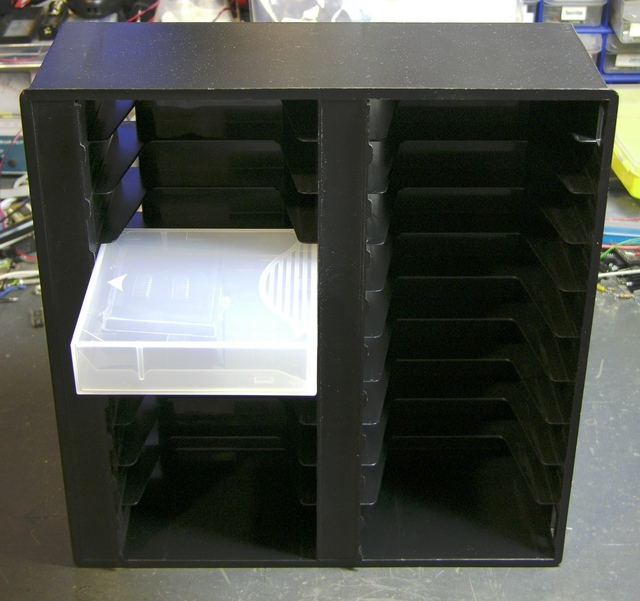
Unfortunately <grunt>, the racks <grunt shove> weren’t made to hold the cases <curse shove>, just the tapes <growl>, and the cases don’t fit <sigh resignation>.
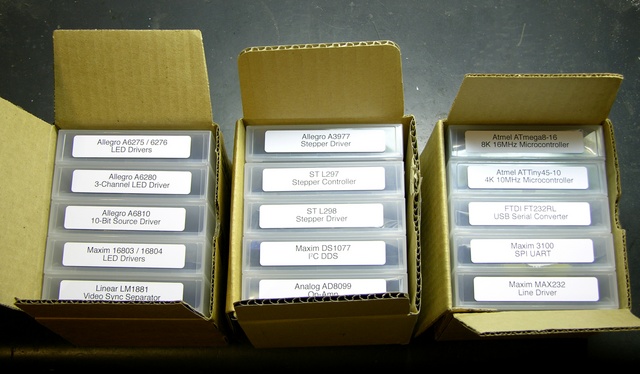
I still have some of the boxes that the tapes originally shipped in, but this isn’t necessarily an improvement over just stacking the cases. They’re still sort of “latched” together in the boxes, and it’s almost more difficult to pry a case out of a full box than to balance a stack of cases whilst removing a lower one.
I’ll keep looking — hopefully there’s a rack out there that fits the cases, that someone doesn’t need any more, that I can save from the landfill, and that I get for free. 
